What is a Goliath Tarantula
The Goliath birdeater tarantula (Theraphosa blondi) is the largest spider in the world by mass and size. Native to the rainforests of northern South America, this impressive arachnid is a fascinating creature. The name ‘birdeater’ is somewhat misleading, as they rarely eat birds, despite their size. These spiders are a marvel of nature, adapted to survive and thrive in their specific environment. Their sheer size and imposing appearance make them a subject of both fascination and fear, and their behavior and characteristics are a testament to the incredible diversity of life on Earth. The goliath birdeater tarantula represents an apex predator within its microhabitat, playing a crucial role in the local ecosystem. Studying this spider offers a window into the broader understanding of ecological balance and the intricate web of life that exists within rainforests.
Size and Appearance
The Goliath tarantula is truly gigantic, dwarfing many other spider species. Their appearance is characterized by a large, hairy body and impressive leg span, contributing to their imposing presence. Their size and appearance are key adaptations for their survival, allowing them to effectively hunt prey and defend themselves from predators. Examining their physical characteristics provides insight into how they’ve adapted to their environment, making them a remarkable subject of scientific and natural study.
Leg Span
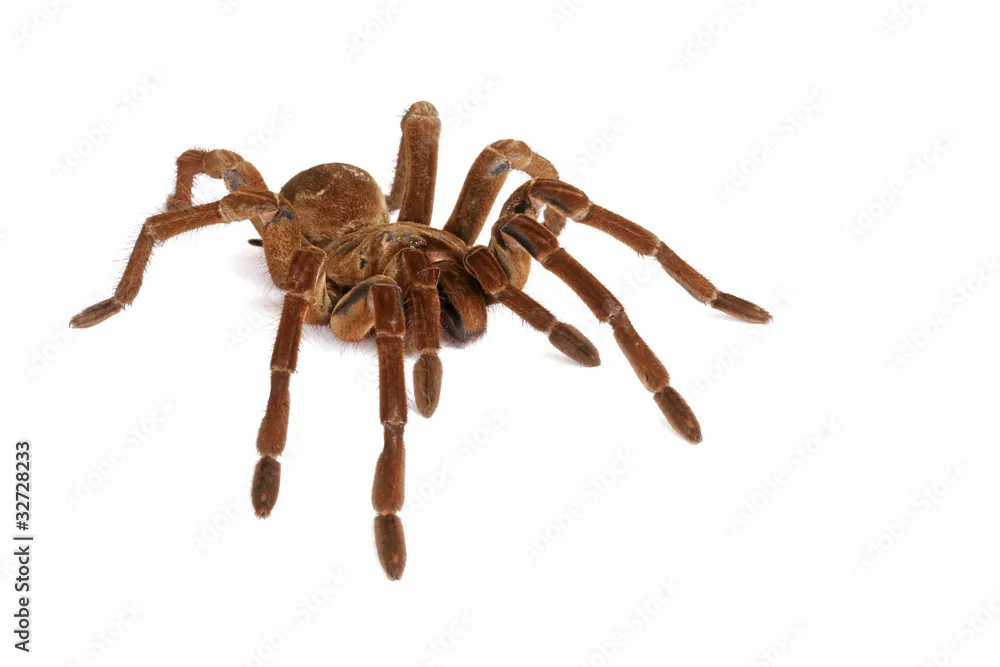
The leg span of a Goliath tarantula can reach up to 12 inches (30 cm) or more, making it one of the largest spiders in the world by this measurement. The sheer reach of their legs allows them to navigate their environment and capture prey with great efficiency. Their substantial leg span is a primary factor in their dominance in the rainforest ecosystem, contributing to their predatory success. The large leg span also aids in sensing vibrations, enabling them to detect potential threats or prey.
Weight
Goliath tarantulas can weigh up to 6 ounces (170 grams), rivaling the weight of some small mammals. This significant weight contributes to their imposing size and strength, giving them a distinct advantage in their environment. This considerable mass is a result of their large body and well-developed muscles, allowing them to handle and subdue their prey effectively. The Goliath tarantula’s weight is a testament to its robust build and status as a top predator in its habitat.
Coloration
The Goliath tarantula’s coloration typically ranges from dark brown to reddish-brown. The subtle variations in their coloring provides camouflage within their natural surroundings. The body is covered with a dense coat of hair, which not only gives them their characteristic appearance but also serves sensory and defensive functions. Coloration can vary slightly based on individual spiders, their environment, and overall health, adding to the intrigue of these creatures.
Habitat and Distribution
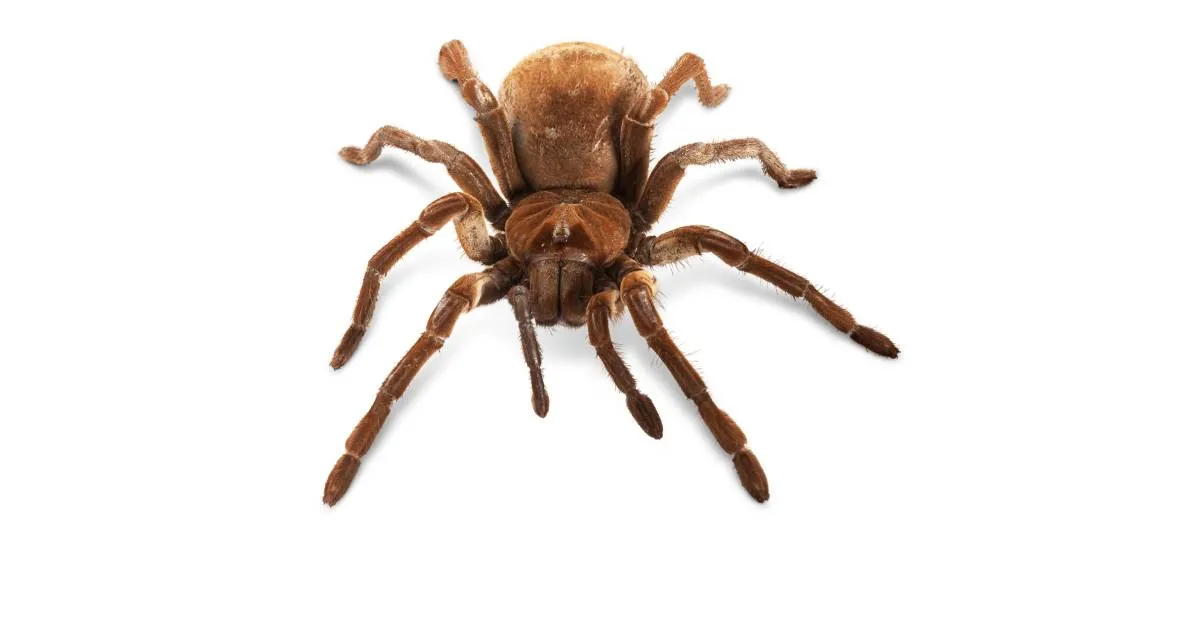
Goliath tarantulas are native to the rainforests of northern South America. Their distribution is limited to specific geographic areas that provide the necessary environmental conditions for their survival. They thrive in environments rich with the resources they need for food and shelter. Their presence is an indication of the health of the rainforest ecosystem. Understanding their habitat and distribution is vital for conservation efforts, as habitat loss and climate change pose significant threats.
Where Goliath Tarantulas Live
Goliath tarantulas inhabit burrows in the ground, often found near swamps and marshy areas. They construct these burrows for shelter and protection from the elements and predators. These burrows are usually hidden among the roots of trees or under rocks, offering them a safe haven. The location of their burrows is often strategically chosen to provide easy access to food sources and suitable humidity levels, which is essential for their survival.
Preferred Environments
Goliath tarantulas prefer warm, humid environments. They are particularly sensitive to desiccation and require high humidity to survive. Rainforests, with their consistent humidity and temperature, provide ideal conditions. They also favor areas with soft, moist soil for burrowing. The availability of prey is another crucial factor in their preferred environment, making rainforests with a high density of insects and other small animals a perfect habitat.
Diet and Feeding Habits

Goliath tarantulas are primarily opportunistic predators, feeding on a wide variety of insects, small lizards, frogs, and occasionally small birds. Their diet reflects their environment, and they will consume any available prey they can overpower. Understanding their feeding habits is crucial for understanding their role in the ecosystem. They are essential in controlling insect populations and maintaining the balance of the rainforest. Their predatory behavior is fascinating and demonstrates their adaptability.
What Goliath Tarantulas Eat
Their diet mainly consists of insects such as beetles, crickets, and cockroaches. They also consume larger prey, including small rodents, lizards, and frogs. They have been known to consume small birds, though this is rare. Their diverse diet indicates their adaptability and their role as a top predator. The prey they consume varies depending on availability and their size. This adaptability ensures their survival in different environmental conditions.
Feeding Frequency
Goliath tarantulas typically feed every few days, but this can vary depending on their size and the availability of food. They can survive for extended periods without food, especially when they are not actively growing. The frequency of their feeding is dependent on factors such as their metabolism, age, and the environmental temperature. Feeding them in captivity requires careful consideration to ensure their health and well-being, mirroring what they would eat in their natural habitat.
Venom and Defense Mechanisms
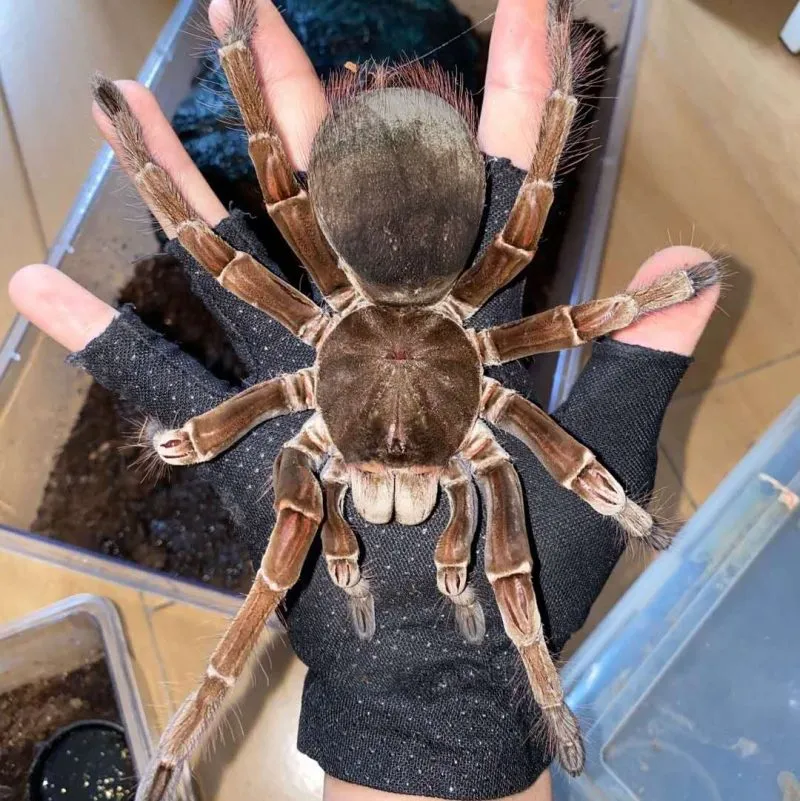
Goliath tarantulas possess venom, but it is not lethal to humans, although the bite can be painful. They have developed several defense mechanisms to protect themselves from predators. These mechanisms are essential for their survival and demonstrate their ability to adapt to their environment. The use of venom and other defenses is a crucial aspect of their survival strategies. Understanding their defense mechanisms provides insight into their behaviors and adaptations.
The Nature of Goliath Tarantula Venom
The venom of a Goliath tarantula is primarily used to subdue prey. While their venom is not typically fatal to humans, it can cause pain, redness, and swelling. The venom is a complex mix of enzymes and toxins that affects the nervous system of the prey. The venom’s potency is sufficient to paralyze smaller animals, allowing the spider to consume them. The effects on humans are generally not severe but can be uncomfortable. It is crucial to note that the primary use of venom is to subdue prey, not for defense against larger animals.
Defense Strategies
In addition to their venom, Goliath tarantulas have other defense mechanisms. They can flick urticating hairs from their abdomen at perceived threats, causing irritation. They also use their large fangs to bite if threatened. They also have a hissing sound they can produce by rubbing their legs together, which can deter predators. The use of these defenses is crucial for protecting them from harm and increasing their chances of survival. Each defense mechanism plays a critical role in their survival strategy.
Behavioral Traits
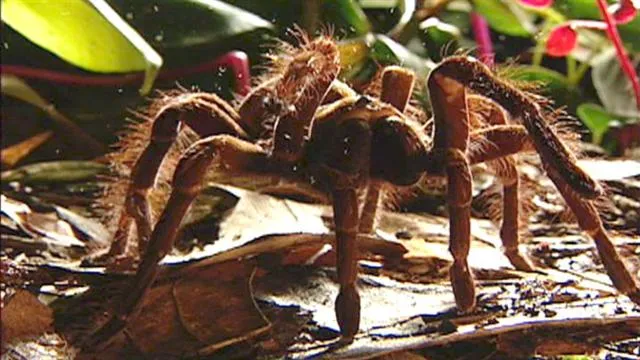
Goliath tarantulas exhibit unique behavioral traits, from their temperament to their activity patterns. Their behaviors are driven by their instincts, survival needs, and interactions within their environment. Understanding their behaviors provides insight into their social structures, hunting techniques, and overall adaptation to their environment. The study of their behavior helps in the study of arachnid biology and ecosystem dynamics.
Temperament
While they are large and imposing, Goliath tarantulas are generally not aggressive. They are more likely to retreat or use their defense mechanisms if threatened. Their temperament can vary depending on the individual spider, but they are not typically prone to attacking unless provoked. Their behavior reflects their status as ambush predators. This makes them a fascinating subject for observation, particularly in controlled environments.
Activity Patterns
Goliath tarantulas are primarily nocturnal creatures. They are most active at night, when they hunt for prey and navigate their environment. Their nocturnal behavior is an adaptation to avoid predators and take advantage of the cooler temperatures. They spend most of the day hidden in their burrows. This behavior is closely linked to their hunting strategies and environmental adaptations.
Conservation Status
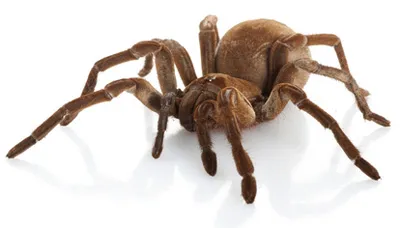
The Goliath tarantula faces threats related to habitat loss and the pet trade. Understanding their conservation status is crucial to protect them. Efforts to conserve these amazing spiders involve tackling the factors that threaten them. Conservation strategies often focus on habitat preservation, sustainable practices, and regulations for the pet trade, ensuring the survival of this species.
Threats to Goliath Tarantulas
The primary threats to Goliath tarantulas include habitat destruction due to deforestation and agriculture. The pet trade also poses a risk, as over-collection for the pet market can decimate wild populations. Climate change adds additional pressure on the habitat of the Goliath tarantula. These spiders are particularly vulnerable to environmental changes, especially in their limited natural range. Addressing these threats requires a multifaceted approach.
Efforts to Protect Goliath Tarantulas
Conservation efforts include habitat preservation, sustainable practices in the pet trade, and community education. Protected areas play a vital role in protecting their natural habitat, while regulating the pet trade can prevent over-collection. Education and awareness campaigns are crucial for changing human behaviors that contribute to habitat destruction and over-exploitation. Supporting these initiatives is crucial for the continued survival of this remarkable species.
